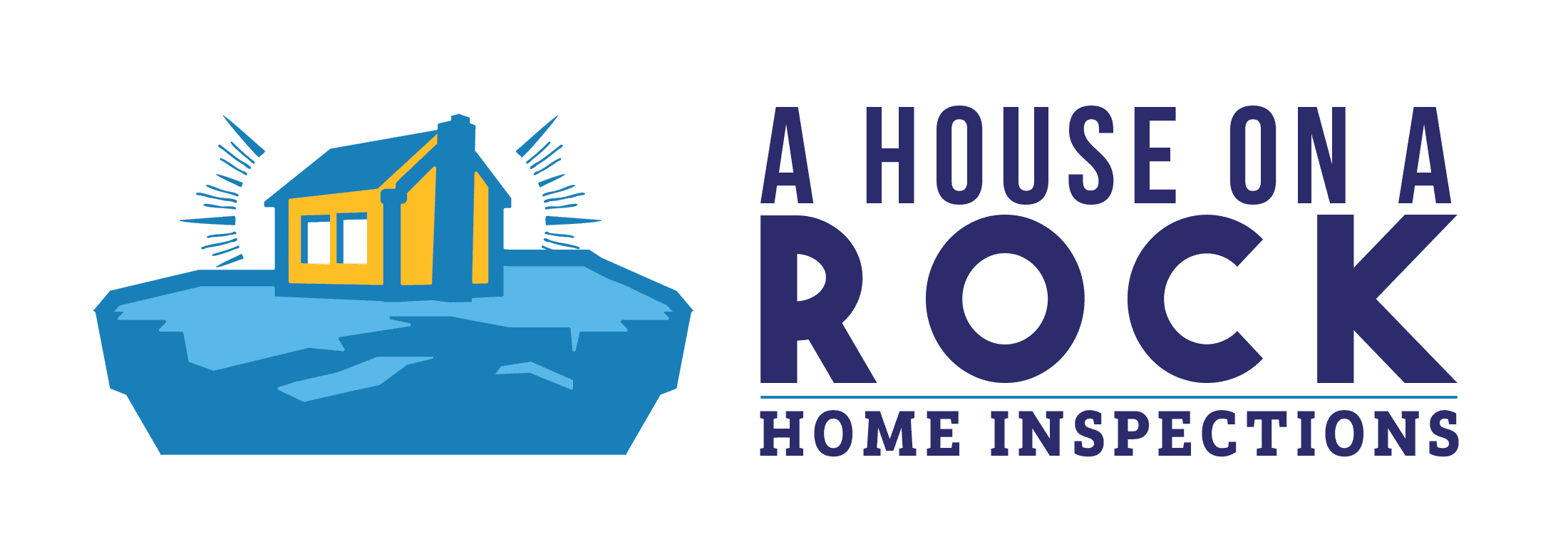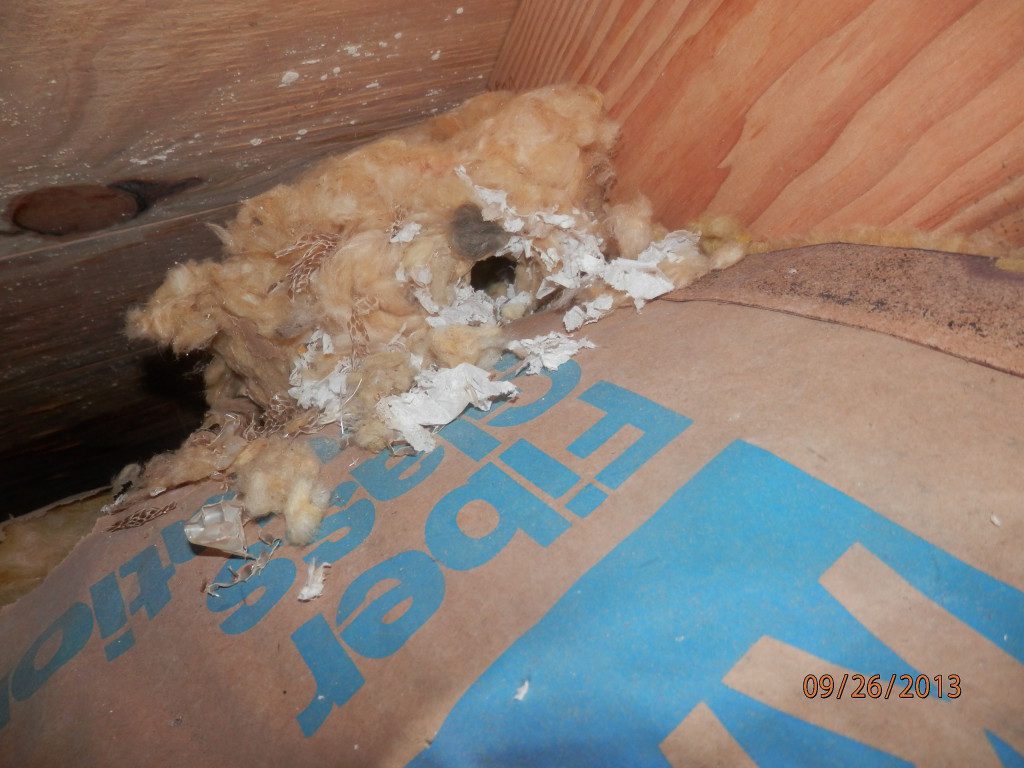The vast majority of the homes that I inspect are, for one reason or another, vacant. There are some common things that owners do their vacant homes, that for a better lack of words, makes them gross.
1. Unplugging the fridge-I hate opening up fridges that have been unplugged for a prolonged period of time. More importantly, buyer’s hate it too. They are smelly, gross, and moldy. To compound the problem, if the floor is even remotely nice, most inspectors won’t move the fridge to plug it in. The buyer’s won’t know if the fridge is actually working or not. Leave it plugged in.
2. Turning off the HVAC unit-It’s never a good thing when I get to the kitchen and all of the cabinets have surface mold growing on them. Mold loves stagnant and moist air. When the air conditioning system isn’t running, nothing is removing the humidity from the air, and nothing is moving the air. A lot of times, this causes mold to start growing on the surfaces of the home. The home smells musty and gross. Either leave the HVAC on, or plan to stop by once a week to open windows and air out the house.
3. Turning off the water heater-The water heater becomes a great area for legionella to breed and multiply when the temperature is below 120 degrees. Legionella is what causes Legionnaires’ disease. This doesn’t really need any more explanation. Don’t turn off the water heater.
4. Letting the P-traps go dry-Unlike the other concerns, this is a passive thing that most home owners probably aren’t aware of. The p-trap below the sink isn’t to catch your expensive jewelry. The purpose is for that “p” to fill with water, and prevent sewer gasses from entering the home. If the water evaporates, sewer gasses, mice, and insects are free to travel from the sewer, into your home. This is a safety concern as well as a hygiene problem. If the house does not get winterized, at least pour some anti-freeze down the traps, or stop by the home to run the sinks when your open the windows.
There are many other things to consider when selling a house. From an inspectors point of view, the first thing is just make sure it doesn’t get sick.



